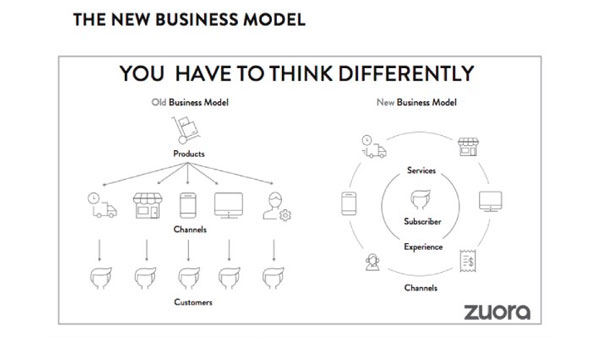‘Kabhi kabhi lagta hai apun hi bhagwan hai’ – How many of you still remember the experience of watching Sacred Games- the tv series that made the world (if not all, most of it!) go crazy about it. Amid the kind of intriguing thrills found in this web series, we were not able to wait but click the button for the next episode until we binged on the entire season and then the next one. And then there were none. Welcome to the world of Netflix. For most of us, the comfort of their bed/couch, access to millions of movies and series means never wanting to touch down at the theatres any more. Why would one? For the cost of a couple of tickets you get access to so much other content, at your own disposal for the whole month from the comfort of your own bed!
Netflix, which started streaming movies in 2007 went from zero to 100 million subscribers in just ten years. With 190 million subscribers today, even if Netflix were to supposedly charge 100 bucks from each subscriber, it would still earn them a whopping $19 billion in revenue. This revenue is again spent on developing original content. Even if the show is not successful it helps Netflix attract new subscribers & extend life of the current subscribers. This increases the value of their portfolio.
The life expectancy of companies belonging to Fortune 500 list has decreased from 75 years in 1975 to 15 years today. Moreover, more than half of the companies which were part of the Fortune 500 list in year 2000 have disappeared as a result of acquisition, mergers, bankruptcies. Ever wonder why this has happened?
GE and IBM sustained their names on the list as they successfully managed to transition their business model from product based to service based company. Learning from the past, the new entrants in the Fortune 500 list such as – Amazon, Google, Facebook, Apple, Netflix have joined the game making theirs a service-based subscription model with focus on the long-term gains.

For instance, why stick to one vehicle if you can switch the car as per your need simply by using an app. Porsche’s passport subscription features access to half a dozen car models and also covers maintenance, insurance, vehicle registration etc. Uber is testing a flat monthly subscription service in many cities. Users can pay monthly fees to uber in exchange for a bundle of reduced rate trips. Now the subscription model has even come to aviation industry.
Surf Air offers subscription to its members and provides convenience of booking flight tickets at any time for affordable prices. Instead of annoying readers with advertisements publishers are focusing on subscription revenue rather than advertisement revenue. Salesforce has successfully built SAAS model and transitioned from software as a product to software as a service. In the case of Swiggy- the food delivery app, ‘super’ and ‘daily’ are different subscription plans for its users.
There is a shift from product centric to a customer centric organizational mindset resulting into the evolution of subscription economy. Almost every industry on the planet including manufacturing, journalism, retail and transportation is looking for a subscription-based business model as they have come to understand the importance of recurring and sustainable subscription revenue.
Have you planned a subscription model for your business yet or thought of it?
P.S – The above article is inspired from the book- Subscribed by Tien Tzuo

0 Comments